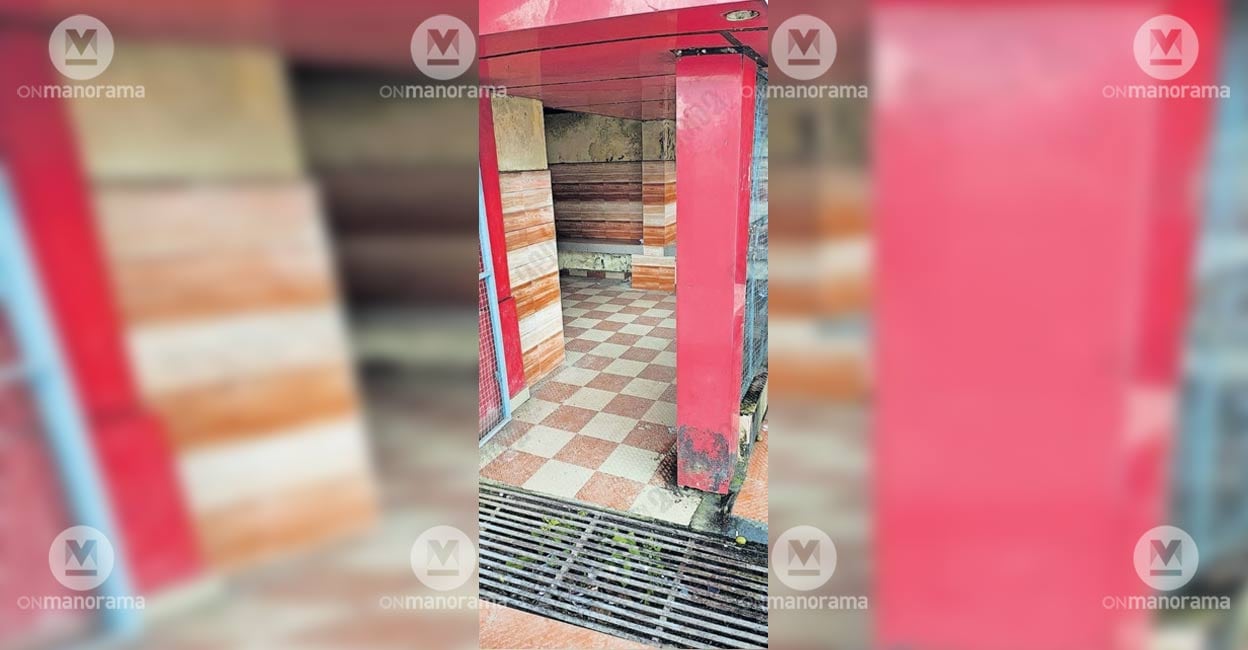Failed Urban Planning: How Poor Design Turns Public Infrastructure into Costly Monuments of Inefficiency
A poorly designed bus shelter in Thodupuzha, Kerala, has become a symbol of failed urban planning and bureaucratic inefficiency. The facility, rendered unusable due to multiple design flaws and ill-conceived security measures, raises important questions about public infrastructure management and resource allocation.

The deserted bus shelter at Vengallur junction stands as a monument to failed urban planning
Infrastructure Mismanagement Leaves Commuters Stranded in Kerala Municipality
In what serves as a telling example of bureaucratic oversight and poor urban planning, a recently constructed bus shelter in Thodupuzha, Kerala, stands as a testament to how public infrastructure projects can go wrong when fundamental user needs are ignored.
Design Flaws Render Facility Unusable
The shelter, situated at Vengallur junction, exhibits a catalogue of planning failures that effectively render it unusable for its intended purpose. Located away from the main thoroughfare and concealed within a side road, the structure presents a masterclass in how not to design public facilities.
Key design oversights include:
- Placement well away from the actual bus stop
- Poor visibility from the main road
- Inadequate lighting inside the structure
- Restricted access through a single narrow entrance
Security Measures Compound Accessibility Issues
In what appears to be a classic case of solving one problem by creating another, local authorities installed metal grills to deter antisocial behaviour. This modification has transformed the shelter into what residents describe as a dark, claustrophobic space that few dare to enter.
The shelter has become a concrete monument to inefficiency, forcing commuters to brave the elements rather than utilise the facility their tax money has funded.
Governance Implications
This infrastructure failure raises serious questions about the decision-making processes within local government bodies and their approach to public works. The mounting public frustration reflects a broader concern about the efficient use of public resources and the need for citizen-centric urban planning.
Call for Reform
Local residents are now demanding either a comprehensive redesign or relocation of the facility. Their advocacy highlights the growing need for greater public consultation and professional oversight in infrastructure projects, particularly those directly affecting daily civilian life.
Thomas Reynolds
Correspondent for a London daily, specialist in British foreign policy and transatlantic issues.
